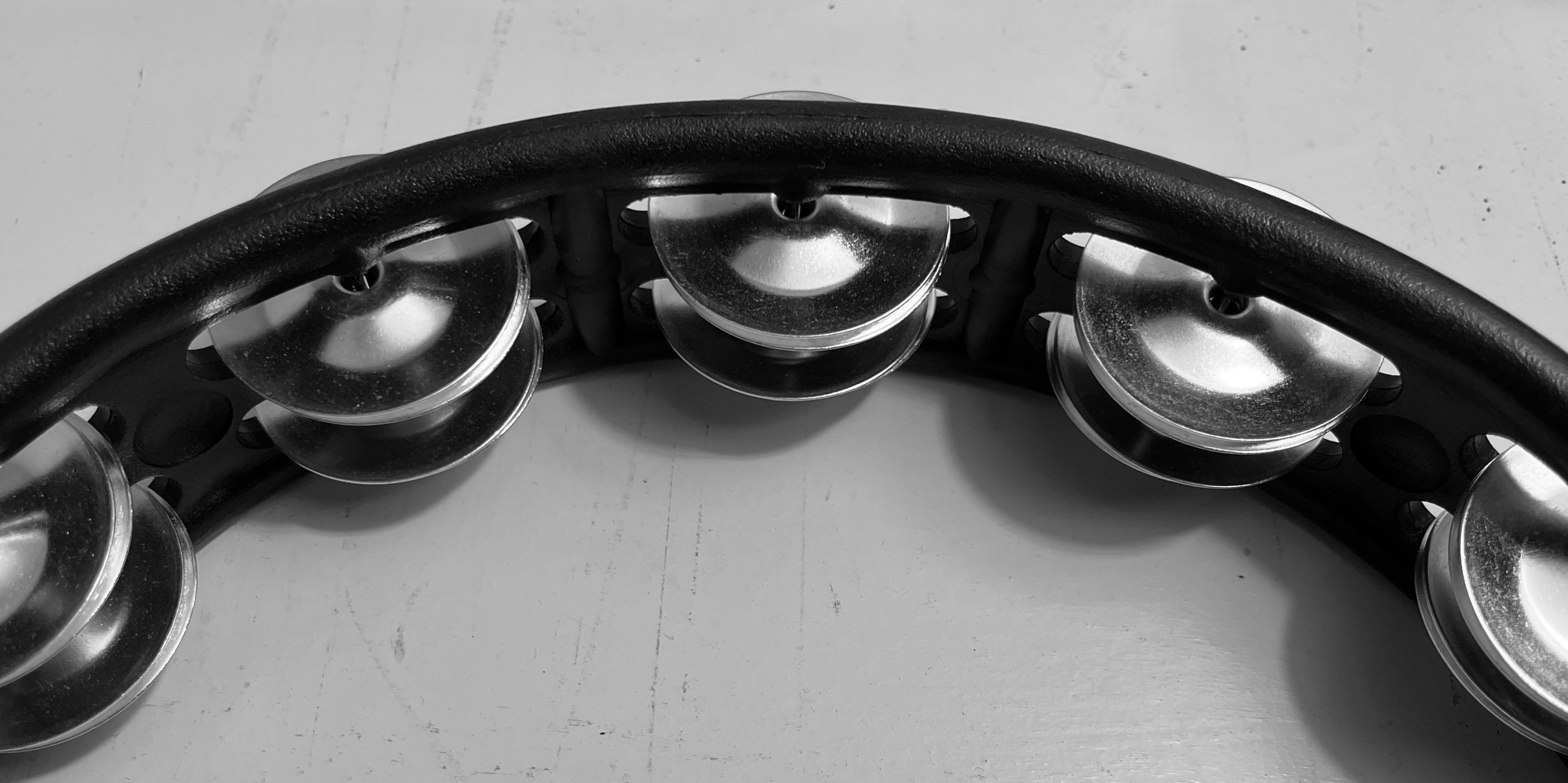Each week, I first summarize my adventures in making music. Lately, I have been composing tracks for the Disquiet Junto, the Naviar Records Haiku Music Challenge and, this year for the first time, Weekly Beats. I also have other projects and collaborations I will share occasionally.
I also bring together the perspective I shared in posts on social media (currently Mastodon) about the music industry in the section: Music + Tech + Law. These thoughts are intended to come from me as a consumer of, and participant in, the entertainment business. However, I cannot completely separate the thoughts I generate from the part of my brain I use for my day job as a lawyer experienced in technology contracts and intellectual property.*
My Music
The track I submitted a couple weeks ago for Naviar Haiku was more ambient than what I normally work on and truly inspired me. For this week, I started out in Ableton Note and came up with a basic structure before moving over to my computer. Not much changed after I used the full DAW. In fact, one plug-in I added near the end created some buzzing that caused me to go back and re-upload the track! It goes to show that more is not always better when it comes to my process.
For Weekly Beats this week, I set my project at 126 BPM when I started, but after I played out some melodies and added percussion with basic kick and rimshot sounds, I realized everything was in half time. So, while I did not intend to create a downtempo track, that is what I ended up with. I composed everything on my Push 2 and I find that I am more likely to create clips of irregular lengths when I am not looking at a computer screen. I really like how some of the electric piano parts came together in that way.
Music + Tech + Law
I have a modest record collection and I really do love the sound and feeling of listening to a record on a turntable. Still, if I’m being honest, it is hard for me to hold a chunk of plastic in my hand and overcome the feeling that it will probably still be on this planet long after I'm gone, that it will eventually degrade and likely have a net negative impact on the environment. I'm not sure how to resolve that, but I like where these sustainability efforts are headed.
Being able to detect works generated by AI will be important, but as I learned recently with SoundCloud’s automated content identification system used for copyright protection, what matters is the method of implementation. I am afraid platforms that adopt this type of technology will take a “guilty until proven innocent” approach and label works as AI-generated without human review and then shift the burden of proof to the artist who may or may not dispute that finding.
The distinction between copyright protection for sound recordings versus their underlying compositions has always been interesting to me. This article does a nice job of illustrating the issue with sounds and images.
But what if the underlying composition is a painting as opposed to sheet music? That is the concept presented in this article about a visual artist who has synesthesia and is using AI technology to translate his artwork into music.
*My opinions are not my employer’s and this material does not create an attorney-client relationship, is not intended to convey legal or ethics advice, and does not guarantee the same or similar results in all cases.

Comments